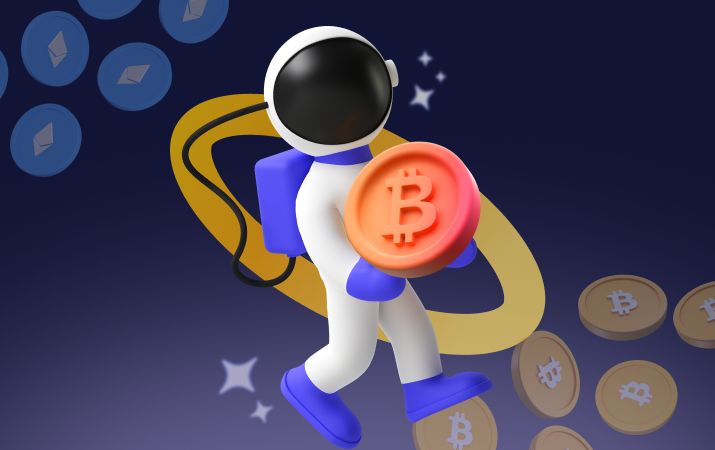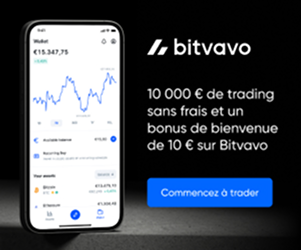Since its inception, Bitcoin has often been seen as a passive investment where users, often referred to as HODLers, were content to hold on to their coins in the hope of price appreciation. However, a significant change has recently taken place, marking a historic turning point in the way the blockchain is used and the way miners generate their income.
The DeFi Summer Phenomenon on Bitcoin
A Revolution in Mining Awards
On April 20, 2024, a milestone was reached for Bitcoin with the occurrence of its fourth halving, a scheduled event where the block reward for miners is halved. What's remarkable this time around is not just the reduction in reward, but the dramatic increase in revenue generated by transaction fees. Data from Blockchain.com and Glassnode reveal that Bitcoin miners recorded record earnings, totaling $107.75 million in a single day, with $80 million coming from transaction fees alone. This rise follows the introduction of the Runes token standard on the Bitcoin blockchain, stimulating a frenzy of activity and issuance of new tokens, mainly meme tokens by retail traders.
The Impact of Standard Runes
Developed by Casey Rodarmor, creator of Ordinals, the Runes protocol offers a more efficient method of “engraving” (creating) tokens on Bitcoin, unlike BRC-20 tokens which use Ordinals inscriptions. The introduction of this new standard led to an explosion in demand for Bitcoin's block space, pushing transaction fees to unprecedented levels and triggering a wave of speculative activity.
Consequences and Future of the Bitcoin Blockchain
A Modified Return on Investment for Minors
With transaction fees regularly exceeding block rewards since halving, Bitcoin miners have found a new source of revenue that could, theoretically, support their thermodynamic security in the long term. This marks a significant departure from the traditional reliance on block rewards and suggests a future where fees could sustainably support the network.
Implications for Investors and the Market
Shares in Bitcoin's public miners, such as Riot Platforms and Marathon Digital, also saw significant rises just before halving, indicating renewed optimism for the mining industry despite reduced rewards. This could signal an extended period of increased profitability for miners if the trend of high fees continues.
Futuristic perspectives
While the non-fungible token market on Ethereum has already proved its worth, the Bitcoin blockchain is just beginning to explore its potential with fungible tokens. Analysts suggest that, although started with meme tokens, this new avenue could eventually lead to the issuance of more utility-oriented tokens, opening the door to a substantial expansion of the Bitcoin ecosystem.
Conclusion
The introduction of the Runes token standard and the subsequent modification of Bitcoin's economic structure represent a revolution for blockchain. Not only has it enabled miners to compensate for losses due to halving, it has also ushered in an era of blockchain monetization that could rival Ethereum's explosive debut. It remains to be seen how far Bitcoin can extend its new business model, but one thing is certain: the Bitcoin ecosystem is no longer just a store of value, it's now a fertile ground for innovation and economic activity.







